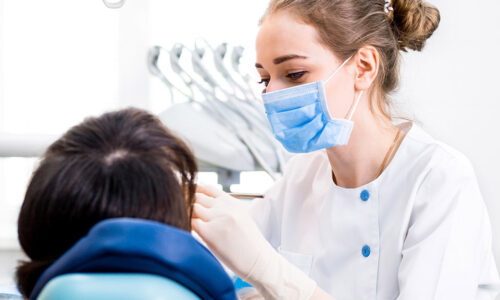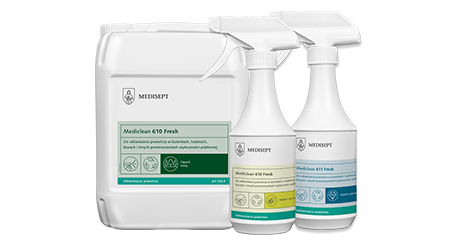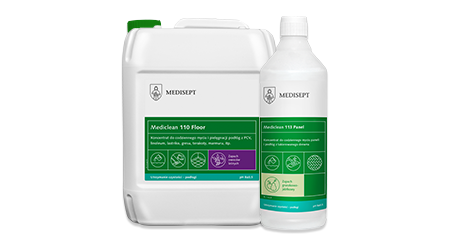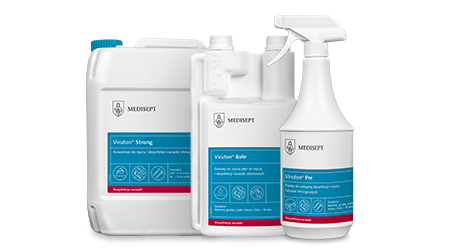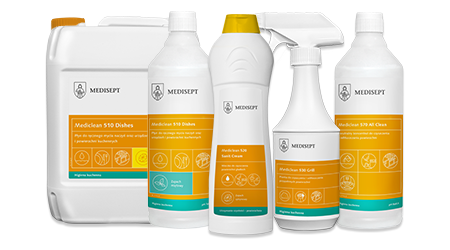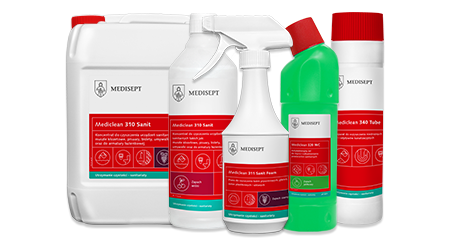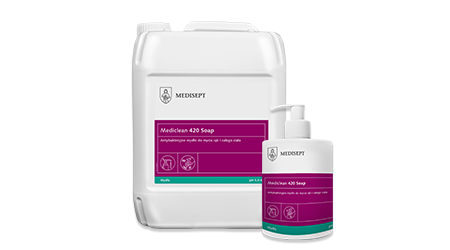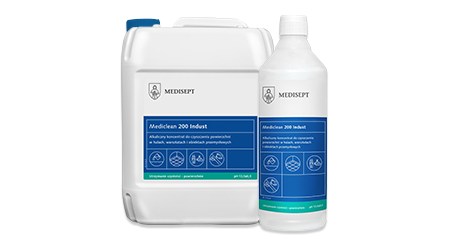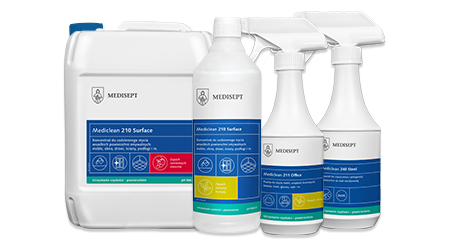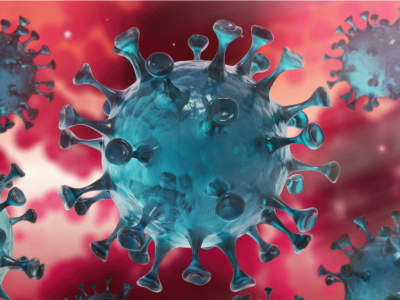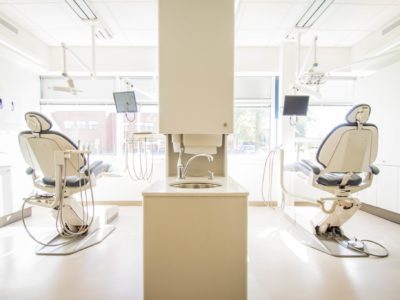Dental instruments are cleaned and disinfected just like surgical instruments. Here are some tips for proper disinfection of dental and surgical instruments.
Handpieces, contra-angles and turbines shouldn’t generally be soaked in a bath of washing and disinfecting solution. Spray them or wipe them with disinfectant. For internal cleaning and maintenance, follow the manufacturer’s recommendations.
Rotating dental instruments are allowed to be immersed in solutions of agents specially designed for this type. To prevent rusting, rinse and dry immediately after removal. In the case of ceramic wheels embedded in plastics, always check whether the disinfectants are suitable, i. e. have material tolerances appropriate for these materials. Improper preparations can destroy the binders and fixings of the tool shank.
Instruments for root canal treatment must be treated separately because of their sensitivity to mechanical damage. They have an anodized coloured handle and can be damaged in alkaline preparations and also lose their colour.
All instruments should be rinsed under running water after disinfection. Please pay special attention to the diagonal positioning of the contra-angles and handpieces to avoid water entering the clutch cap or other components.
However, please note that soaking the tools longer than recommended by the manufacturer may cause:
- Corrosion, caused by too high content of contamination in the solution;
- Corrosion, caused by too high concentration of the solution as a result of evaporation;
- Weakening the disinfecting effect, caused by the protein contamination of the solution.
The topic of cleaning and disinfecting with the ultrasound deserves special attention. They are particularly suitable for cleaning instruments made of stainless steel and hard plastics. Particularly sensitive instruments (e.g. micro-surgical instruments) can be cleaned with ultrasonic waves.
This method is indicated in the following cases:
- In order to reduce the disinfection time with simultaneous washing;
- As a support for the cleaning process, with the elimination of hard to remove, dried out dirt.
In order to make the best possible use of the ultrasound, I would like to draw your attention to a few details:
- The washer should be filled to the level specified by the manufacturer;
- A suitable washing or washing-disinfecting agent must be added to the water (for the latter, attention must be paid to parameters such as concentration, exposure time and temperature);
- It is recommended to use warm water (this strengthens the washing effect), but not more than 42°C due to the possibility of protein coagulation;
- Instruments must be fully immersed;
- Tool joints such as the scissors should be open;
- The tool baskets should be made of mesh that does not interfere with the operation of the waves;
- Baskets or sieves must not be overloaded;
- The solution should be changed at least once a day (more frequently in the case of heavy soiling);
- Handpieces, contra-angles and turbine shouldn’t be cleaned in an ultrasonic cleaner;
- Rotary tools may only be cleaned with special agents suitable for this type of tools;
- Dental mirrors can get damaged.


